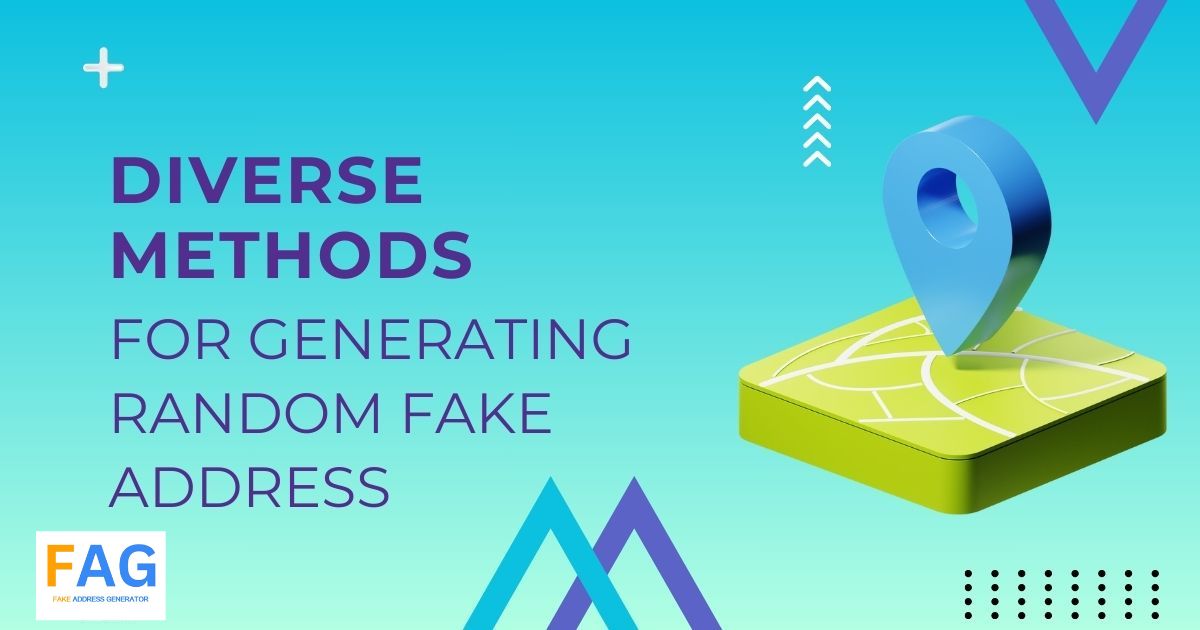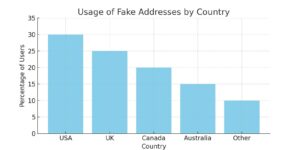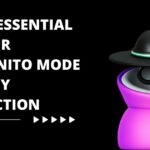
A fake address generator is a tool online that creates a random address for a chosen country. These tools help when you need to fill out forms, test websites, or keep your personal info safe. You can pick from many countries like the USA, Canada, UK, and Australia. Some generators also let you choose the type of address, like a home, business, or PO box.
To get a random address, select your country and the type of address you want, then hit the “Generate” button. This will make a fake address that has a street, city, state, and zip code. You can copy this address and use it as needed. Remember, it’s important to use fake address generators only for legal things. Using them for illegal stuff can get you in trouble.
Why do we need a fake address?
There are a few reasons why someone might use a fake address. For gaming, some games ask for an address to make an account or claim a prize. Players might not want to give their real address, so they use a fake one instead. Also, to access certain websites, you might need to enter an address. If you want to keep your real address private, you might choose to use a fake one.
Another reason is when trying out a paid tool that offers a free trial. These services might ask for an address to sign up, and you might not want to use your real one in case they charge you after the trial ends. Remember, using a fake address to trick people or break the law is illegal and can get you into big trouble. However, there are valid reasons to use a fake address, like the ones mentioned above.
Methods To Generate Random Fake Addresses
Generating fake addresses can be useful for various reasons, such as testing applications or filling out forms without revealing personal information. Several methods exist to generate random fake addresses, including online tools, address templates, mix-and-match, and random generators.
1. Online Tools

One of the most popular methods of generating fake addresses is using online tools. These tools are usually web-based and require no download or installation. Users can simply access the website, select the country or region they want the address to be from, and generate a random address. Examples of online tools include Fake Address Generator etc.
2. Address Templates

Another method to generate fake addresses is by using address templates. These are pre-made templates that contain all the necessary details of a fake address, such as the street name, city, and postal code. Users can simply fill in the blanks with random information to create a unique fake address. Address templates can be found online or created manually in a word processing program.
3. Mix and Match

Mix and match is a method that involves combining different parts of real addresses to create a fake one. For example, users can take the street name from one address, the city from another, and the postal code from a third to create a unique fake address. This method requires some creativity and attention to detail but can result in a more realistic-looking fake address.
4. Random Generators
Random generators are programs or scripts that generate random addresses based on certain parameters. Users can specify the country or region they want the address to be from, as well as other details such as the number of addresses to generate. Random generators can be found online or created manually by programming experts.
Frequently Asked Questions
What are the most reliable tools for creating simulated address data?
Several reliable tools are available for generating fake addresses. Some of the popular ones include RandomGenerate.io, PrePostSEO, and FakeSims.com. These tools generate realistic-looking addresses that can be used for testing, research, and other purposes.
How can I ensure the random addresses generated are unique and diverse?
To ensure that the random addresses generated are unique and diverse, you can use a tool that takes into account different components of an address, such as street name, city, state, and zip code. The tool should also be able to adapt to the formalities of different countries and accordingly create an address.
What techniques are used to ensure fake addresses appear realistic?
Several techniques are used to ensure that fake addresses appear realistic. These include using real street names, cities, and zip codes and ensuring that the address follows the correct format for the country it represents. The tool should also be able to generate a diverse range of addresses to make them appear more realistic.
Can you recommend any APIs that provide random address-generation services?
Several APIs provide random address generation services. Some of the popular ones include RapidAPI’s Random Address Generator API and SmartyStreets’s Addressify API. These APIs can be integrated into your application or website to generate fake addresses on the fly.











